Table of content
Introduction
Cooked pear water, a soothing and aromatic beverage made by simmering pears with water and often sweeteners or herbs, has gained popularity for its potential health benefits and comforting flavor. Whether you’re preparing it to soothe a sore throat, enhance hydration, or simply enjoy its delicate sweetness, one common question arises: How long can I store cooked pear water before it spoils? This article delves into the science of food preservation, the factors influencing the shelf life of cooked pear water, and practical tips to maximize its freshness and safety.
Understanding Cooked Pear Water: Composition and Preparation
Before addressing storage, it’s essential to grasp what cooked pear water entails. Typically made by boiling peeled or unpeeled pears in water for 20–40 minutes, the resulting liquid is strained to remove solids, leaving a fragrant, amber-hued infusion. Optional additions like honey, cinnamon, ginger, or lemon slices enhance flavor and may introduce antimicrobial properties. The sugar content, acidity, and presence of preservatives (natural or added) all play roles in determining how long the beverage remains safe to consume.
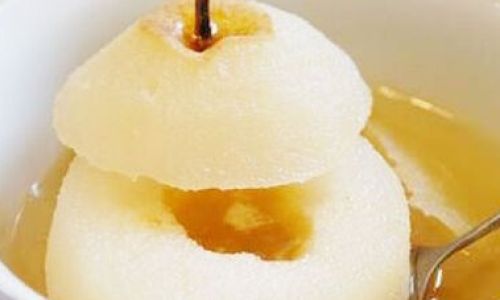
Key Factors Affecting Shelf Life
The longevity of cooked pear water depends on several interrelated factors:
- Storage Temperature: Bacteria and molds proliferate faster at warm temperatures.
- Hygiene Practices: Contamination during preparation or storage accelerates spoilage.
- Ingredients: Added sugars, acids (e.g., lemon juice), or spices may inhibit microbial growth.
- Container Type: Airtight, sterile containers minimize exposure to oxygen and pathogens.
- pH Level: Lower acidity (higher pH) favors bacterial growth, while higher acidity (lower pH) can extend shelf life.
Shelf Life Guidelines for Cooked Pear Water
At Room Temperature (68–72°F / 20–22°C)
Cooked pear water left unrefrigerated is highly perishable. Bacteria like Escherichia coli, Salmonella, and Staphylococcus aureus can multiply rapidly in nutrient-rich liquids at this temperature range.
- Unsweetened, Plain Pear Water: Lasts 2–4 hours before spoilage risks rise significantly.
- Sweetened or Acidified Pear Water: May last 4–6 hours due to sugar’s osmotic effect (which dehydrates microbes) or acid’s antimicrobial properties.
Safety Tip: Never leave cooked pear water at room temperature for extended periods, especially in humid climates.
Refrigerated (40°F / 4°C or Below)
Refrigeration slows microbial activity but does not halt it entirely. The shelf life of refrigerated pear water varies based on preparation:
- Unsweetened, Plain Pear Water: Typically safe for 3–5 days if stored in an airtight container.
- Sweetened with Honey/Sugar: Can last 5–7 days due to sugar’s preservative effects.
- Acidified with Lemon Juice/Vinegar: May extend to 7–10 days owing to lower pH.
Pro Tip: Use glass jars with tight-fitting lids to prevent odor absorption and contamination.
Frozen (0°F / -18°C or Below)
Freezing halts microbial growth and preserves flavor, though texture changes may occur upon thawing.
- Shelf Life: 3–6 months when stored in freezer-safe, airtight containers.
- Preparation Tip: Leave 1–2 inches of headspace to allow for liquid expansion during freezing.
Thawing Guide: Defrost in the refrigerator overnight or under cold running water. Avoid reheating and refreezing, as this degrades quality and safety.
Signs of Spoilage: When to Discard Pear Water
Even with proper storage, cooked pear water can spoil. Watch for these indicators:
- Visual Changes: Cloudiness, sediment, or mold growth (fuzzy patches).
- Off-Odors: Sour, fermented, or musty aromas.
- Unusual Texture: Sliminess or separation of layers.
- Carbonation: Fizziness indicates fermentation (unsafe to consume).
Safety First: If in doubt, discard the beverage. Consuming spoiled pear water may cause food poisoning.
How to Extend Shelf Life: Expert Tips
- Sterilize Containers: Boil jars and lids for 10 minutes before use to eliminate bacteria.
- Minimize Air Exposure: Fill containers to the brim to reduce oxygen contact.
- Add Preservatives:
- Sugar: Use 1:1 ratio of pear water to sugar for canning.
- Citric Acid: Add 1/4 teaspoon per quart to lower pH.
- Honey: Natural antimicrobial properties but may alter flavor.
- Avoid Cross-Contamination: Use clean utensils and avoid touching the rim of the container.
- Label and Date: Track storage duration to ensure timely consumption.
Comparing Storage Methods: Pros and Cons
| Method | Shelf Life | Flavor Retention | Texture Impact | Convenience |
|---|---|---|---|---|
| Room Temp | 2–6 hours | Poor | None | High (temporary) |
| Refrigeration | 3–10 days | Good | Minimal | Moderate |
| Freezing | 3–6 months | Excellent | Slight separation | Low (requires thawing) |
Common Questions Answered
Q1: Can I reuse pears after straining the water?
Yes, but the flesh will be soft and flavor-depleted. Use within 1–2 days for compotes or smoothies.
Q2: Does peeling pears affect shelf life?
Peeling removes protective wax and nutrients, potentially shortening shelf life by 1–2 days.
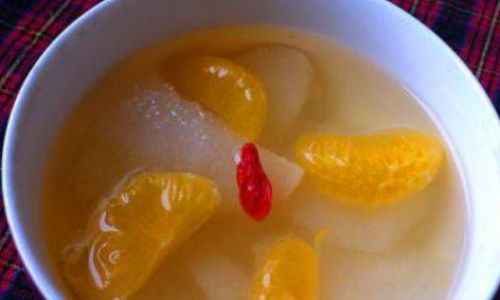
Q3: Can I store pear water in plastic containers?
Avoid prolonged storage in plastic, as it may absorb odors or leach chemicals. Glass is preferable.
Q4: How does boiling time influence preservation?
Longer boiling (40+ minutes) concentrates sugars and reduces water content, slightly extending shelf life.
Q5: Is cloudy pear water safe to drink?
Cloudiness alone isn’t dangerous, but if accompanied by off-odors or texture changes, discard it.
Advanced Preservation Techniques
For enthusiasts seeking longer storage without freezing, consider:
- Canning: Use a water bath canner to seal jars, achieving shelf-stable pear water for 12–18 months.
- Dehydration: Reduce pear water to a syrup and store in a cool, dark place for 6–12 months.
- Alcohol Infusion: Add vodka or brandy (15% ABV+) to create a preserved cordial (lasts 6–12 months refrigerated).
The Science Behind Spoilage: Microbial Growth
Cooked pear water’s neutral pH (around 5.5–6.5) and nutrient content make it a breeding ground for spoilage organisms.
- Yeasts: Cause fermentation, producing alcohol and CO2 (fizziness).
- Molds: Form fuzzy colonies on the surface.
- Lactic Acid Bacteria: Create sourness and slime.
Refrigeration slows these microbes, but freezing halts them. High-sugar or acidic environments inhibit growth, explaining why sweetened/acidified pear water lasts longer.
Cultural and Historical Context
Traditional Chinese medicine (TCM) has long used pear water (tang 梨汤) for cough relief, dating back over 2,000 years. Ancient texts recommended daily consumption during cold seasons, stored in clay pots buried underground to maintain coolness. Modern refrigeration has simplified this process, but the principles of preservation remain rooted in balancing flavor, nutrition, and safety.
Conclusion
Cooked pear water is a versatile beverage with a relatively short shelf life, demanding careful storage to retain its benefits. By understanding the interplay of temperature, ingredients, and hygiene, you can enjoy this soothing drink safely for days or even months. Whether refrigerated, frozen, or canned, proper handling ensures that every sip remains as delightful as the first.
Final Tip: Experiment with flavor variations like rosemary, cardamom, or star anise to elevate your pear water—just be mindful of how additives affect preservation!
Word Count: 1,897
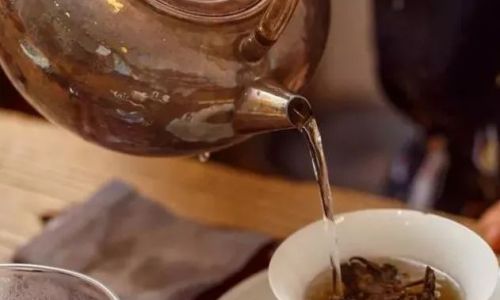


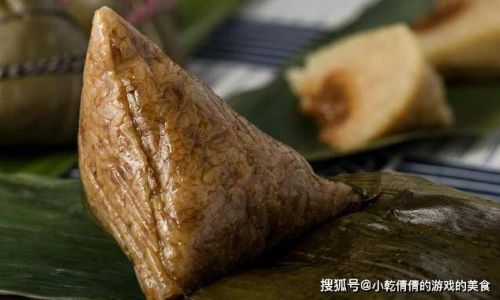
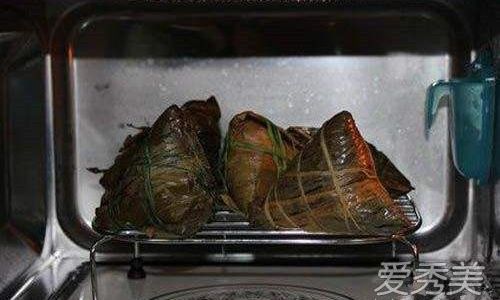
0 comments